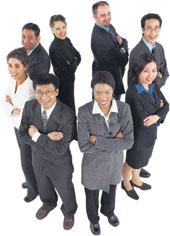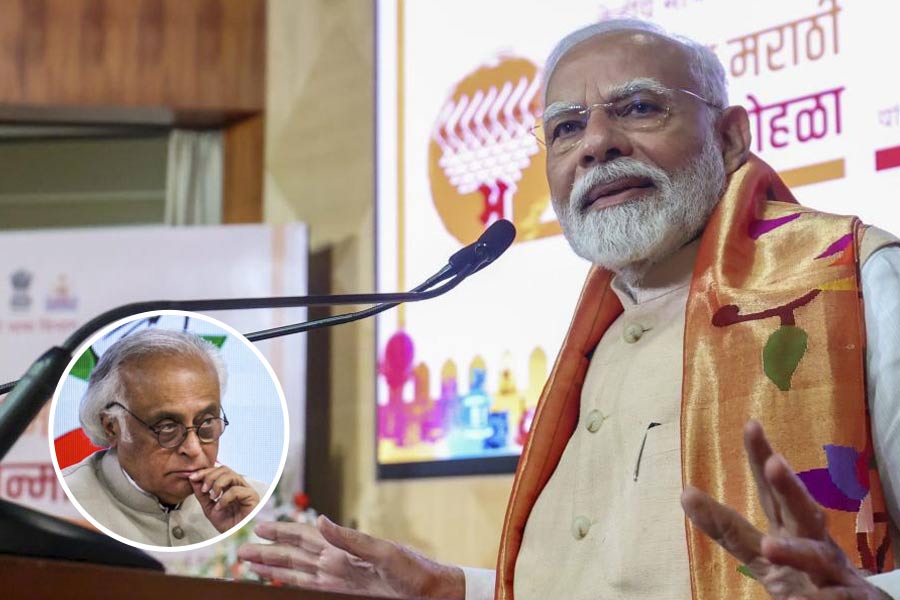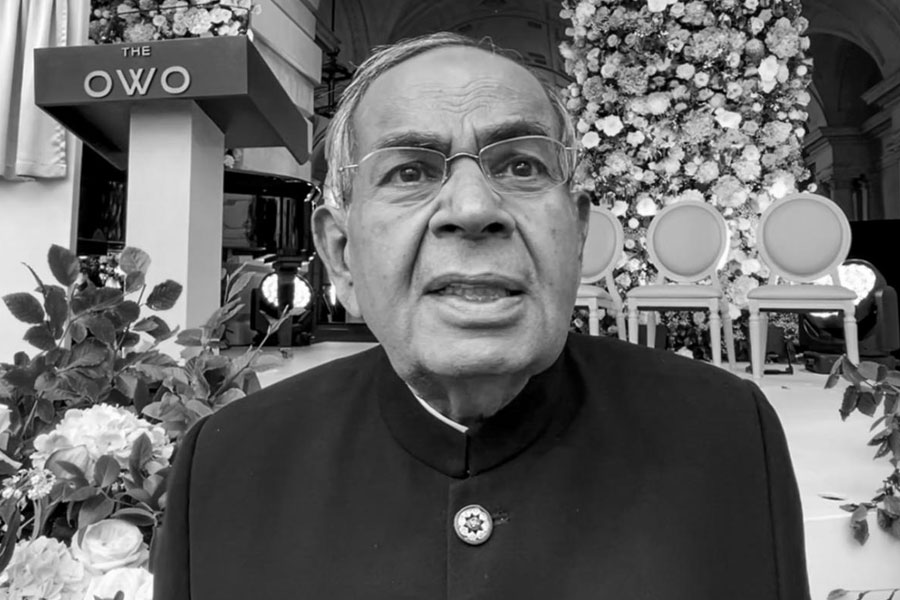 |
The ideal size of a team, according to Fortune magazine, is 4.6. In a number-crunchers’ paradise, the 0.6 must be making complete sense. Others would find it difficult to correlate with the emasculated 0.6 of a person. Does it mean that he is mentally or physically challenged? Or is it that he bunks from teamwork four days out of 10.
Perhaps the very incongruity of this visualisation has sparked off a debate on teamwork and team composition.
Knowledge@Wharton quotes Wharton management professor Jennifer S. Mueller as saying: “The size question has been asked since the dawn of social psychology.” It goes back to Maximilian Ringlemann, a French agricultural engineer born in 1861, “who discovered that the more people who pulled on a rope, the less effort each individual contributed”.
Another word for the Ringlemann effect is “social loafing”. And you can witness it all over the place. Visit an Indian public sector bank or a government office. “These are establishments which specialise in getting very little work done,” says the former chairman of a public sector bank. “For instance, when I ask for tea, two peons will come in ? one to hold open the door and one to carry the tray. If I try to reduce the number to one, I will face a strike.”
The Ringlemann effect epitomised in this example is the other extreme of “building teams”. But, expectedly, there is still no unified opinion of what does make a great team. There is a huge body of work on the subject. Let us concentrate on one ? the most effective team size.
Mueller in K@W says that after five people there are diminishing returns. According to Evan Wittenberg, director of the Wharton Graduate Leadership Programme, the optimal number is somewhere between five to 12. Even in this range, there is a tendency for a team to split up in two. When you have six people or more, you will inevitably get a leader and a challenger and the rest of the people will take sides.
This does not mean that the team is necessarily less effective. Rivalry often goads people to work harder. There is a management style that pits people and teams against each other: you deliver best when you are in competition. However, D. Singh, a Mumbai- based HR manager, feels that this works only in the short term. “In a warlike situation ? when competition is threatening to destroy you ? this is the best thing to do,” he says. “But it leads to high rates of burnout.”
Management by encouraging rivalry is on its way out; when talent becomes scarce, you can’t afford to squeeze a person to his last drop and then put him to pasture. But team-building is very much in vogue. At the Indian School of Business, they start them young. “Teamwork is central to the ISB experience,” says a spokesperson. “Today’s successful managers are effective team players who can blend collaboration, leadership, and communication skills to co-operate with others, and who can instil similar values in their groups.”
Companies too have a similar emphasis. For instance, outdoor sports is becoming quite a craze amongst younger companies. It’s not just fun and games. Rafting and trekking may seem like a total break from work. But there is a vital component of team building in it. There are several organisations that organise such outdoor exercises. They are professional trainers, not tour guides.
An outdoor exercise should not involve more than 10 people. If it does, it should be broken up in groups. But what is the ideal team size at work? Look at IT companies where teams are very much in vogue. Anecdotal evidence puts the number in Infosys at 15. “But you can’t generalise,” says Singh. “It depends on the project.” The TCS project for State Bank of India had a peak team size of 150. A jumbo merits a jumbo.
NO MONKEY BUSINESS
Dunbar’s number is a value significant in sociology and anthropology. Proposed by British anthropologist Robin Dunbar, it measures the “cognitive limit to the number of individuals with whom any one person can maintain stable relationships”.
Dunbar used the correlation observed for non-human primates to predict a social group size for humans and predicted a human “mean group size” of 147.8.
Dunbar’s number has also been popularised as the Monkeysphere by David Wong in an article that introduces this concept in a humorous manner. Some examples: “Whenever you make new close friends, you have to drop some old personal friends to make room for them in your Monkeysphere.” “Because the number of people in that department exceeded 150, they had to split the department into two.”
Source: Wikipedia










